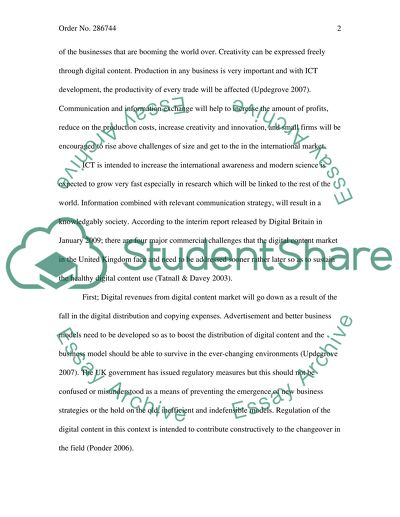Cite this document
(“Information Communication Technology Essay Example | Topics and Well Written Essays - 2000 words”, n.d.)
Retrieved from https://studentshare.org/technology/1520678-information-communication-technology-essay
Retrieved from https://studentshare.org/technology/1520678-information-communication-technology-essay
(Information Communication Technology Essay Example | Topics and Well Written Essays - 2000 Words)
https://studentshare.org/technology/1520678-information-communication-technology-essay.
https://studentshare.org/technology/1520678-information-communication-technology-essay.
“Information Communication Technology Essay Example | Topics and Well Written Essays - 2000 Words”, n.d. https://studentshare.org/technology/1520678-information-communication-technology-essay.


